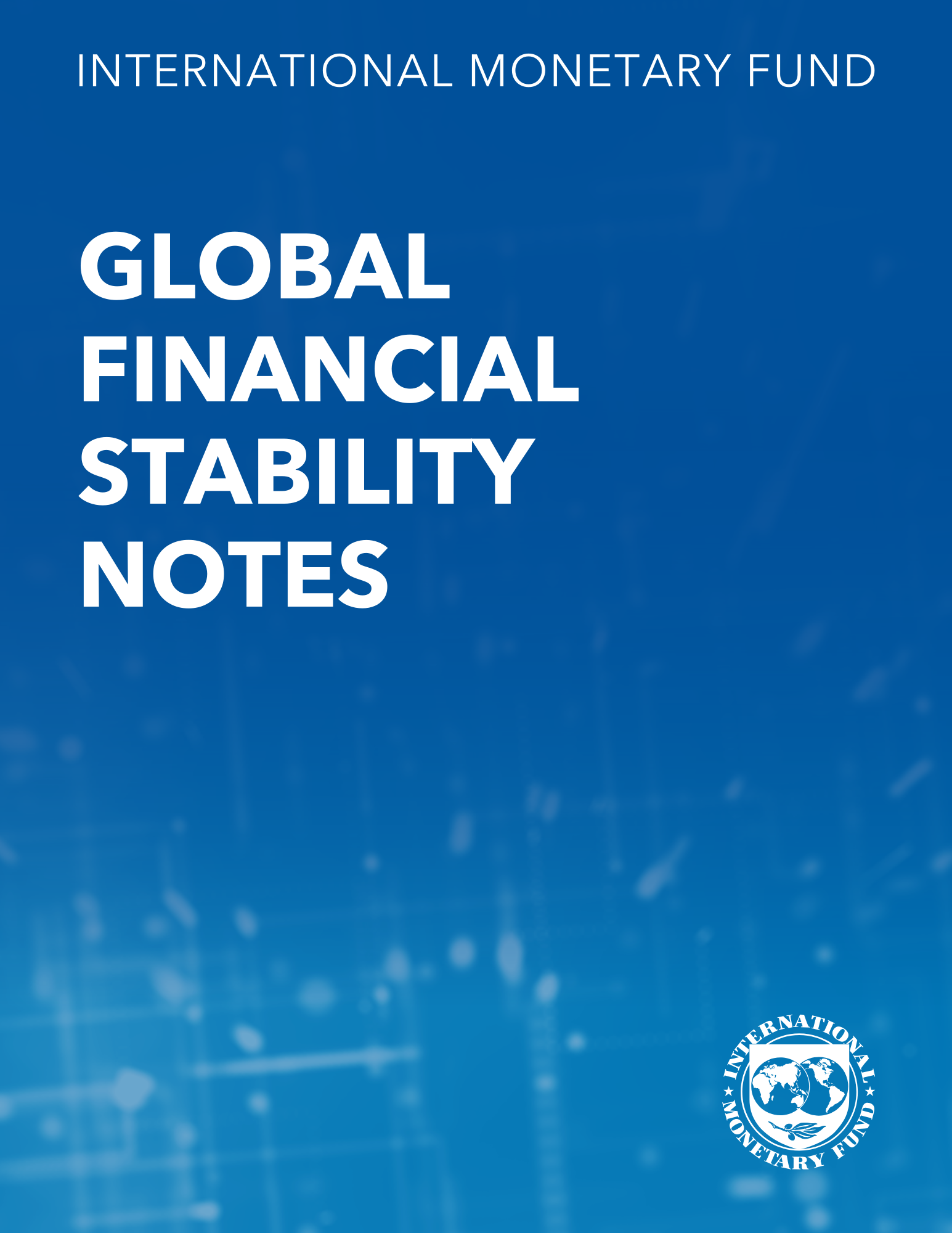Capital Flows and the Twin Crises: The Role of Liquidity
July 1, 1997
Disclaimer: This Working Paper should not be reported as representing the views of the IMF.The views expressed in this Working Paper are those of the author(s) and do not necessarily represent those of the IMF or IMF policy. Working Papers describe research in progress by the author(s) and are published to elicit comments and to further debate
Summary
This paper develops a model that focuses on the interaction of liquidity creation by financial intermediaries with capital flows and exchange rate collapses. The intermediaries’ role of transforming maturities is shown to result in larger movements of capital and a higher probability of crisis. These movements resemble the observed cycle in capital flows: large inflows, crisis and abrupt outflows. The model highlights how adverse productivity and international interest rate shocks may trigger a sudden outflow of capital and an exchange collapse. The initial shock is magnified by the behavior of individual foreign investors linked through their deposits in the intermediaries. The expectation of an eventual exchange rate crisis links investors’ behavior even further.
Subject: Capital flows, Capital inflows, Capital outflows, Exchange rates, Liquidity
Keywords: exchange rate, mover accent, WP
Pages:
32
Volume:
1997
DOI:
Issue:
087
Series:
Working Paper No. 1997/087
Stock No:
WPIEA0871997
ISBN:
9781451850987
ISSN:
1018-5941







